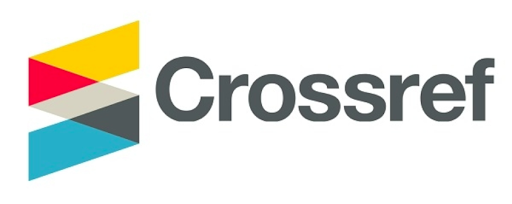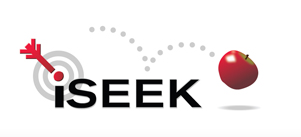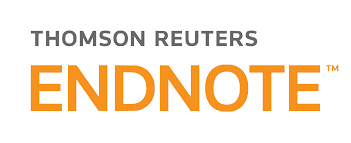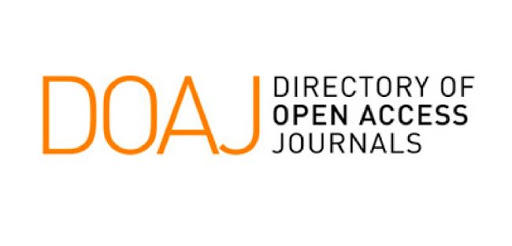Paper ID : SMJ2601235701549 | View : 78

Abstract : In 2019, Jakarta’s average annual PM2.5 concentration exceeded WHO’s air quality standard with a concerning 49.4 μg/m³. In most urban areas including Jakarta, street sweeping is done to reduce pollutants and remove debris and sediments from roads. However, with constant exposure to pollutants and minimum personal safety equipment, the street sweepers become population at risk of particulate matter exposure. This study aims to assess the health risk of particulate matter to street sweepers in Jakarta. This is a cross-sectional study using environmental health risk analysis method through Risk Quotient (RQ) (non-carcinogenic risk) and Excess Cancer Risk (ECR) (carcinogenic risk) to determine health risks in a total of 58 street sweepers. The level of PM2.5 and PM10 were collected in four (4) locations in Jakarta. Result showed the concentrations of PM2.5 and PM10 at the four measurement points have exceeded the national threshold values, with the lowest found in point 2 (325 µg/m3) and the highest in point 3 (339 µg/m3). 57 respondents (98.3%) have a non-carcinogenic risk of PM2.5 exposure in each location (RQ>1), and 58 respondents (100%) have carcinogenic risk (ECR>E-4 (10-4)). Meanwhile, those who have a non-carcinogenic risk of PM10 exposure are found at points 1, 2, and 4. There was no significant association between concentration variables, respondent characteristics, respondent behavior, and environmental conditions with non-carcinogenic risk of PM10 exposure to street s










